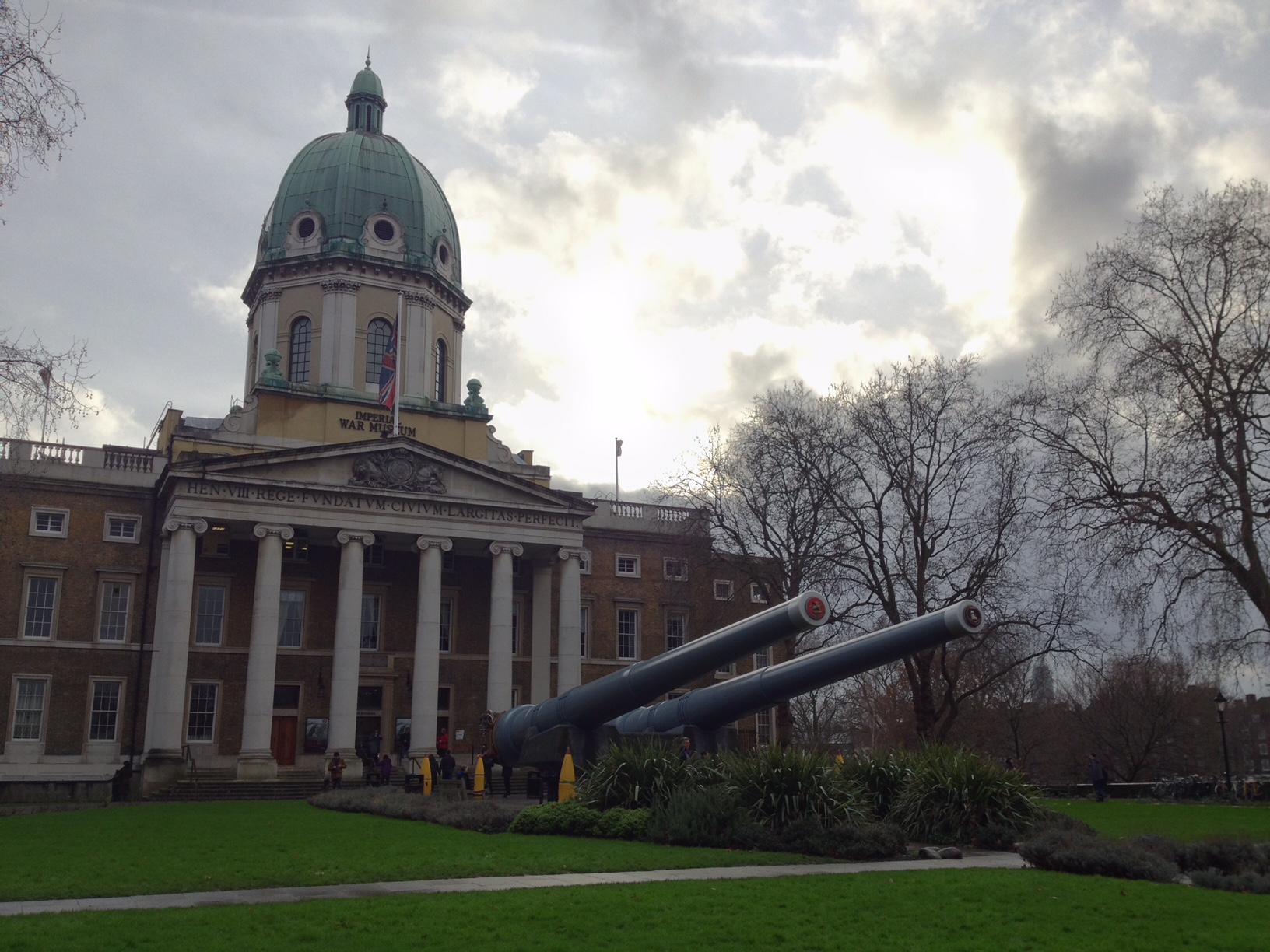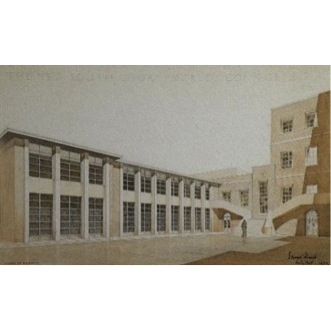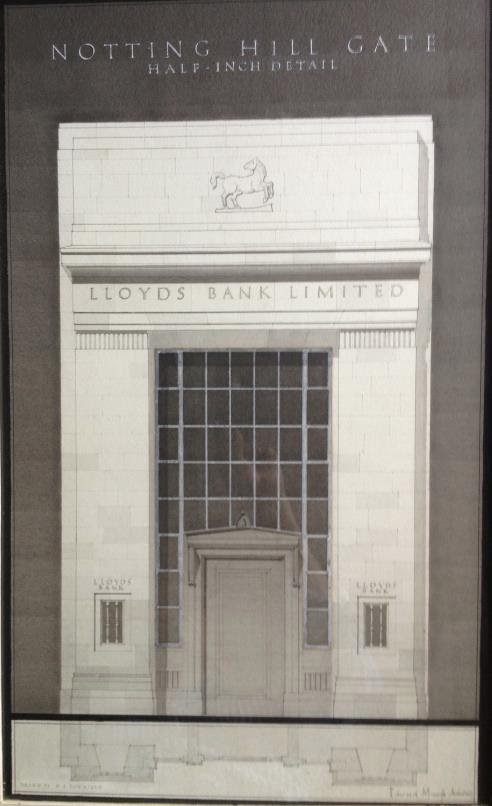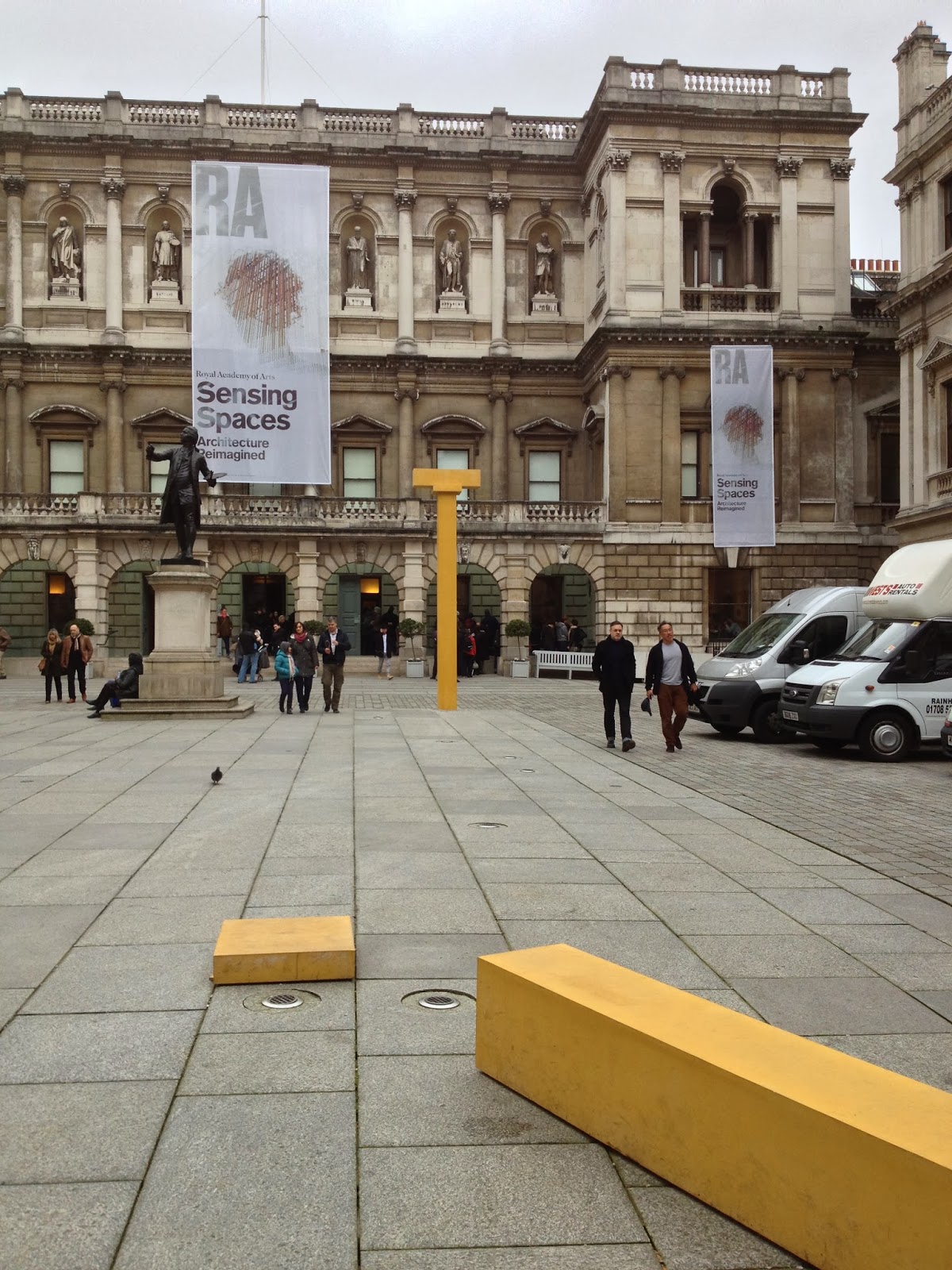Lee Miller: fashion model, artist’s muse, fashion photographer, war correspondent, she fought to pursue a career in photography during a war that both gave opportunities and took them away. The Imperial War Museum has an excellent exhibition covering her photography career.
The exhibition begins with Lee Miller as an artist’s muse and model, in front of the camera she inspired artists including Man Ray, Pablo Picasso and Roland Penrose. Her artistic friendship with Man Ray quickly became an affair in Paris during the 1920’s. Together they worked on photographic projects such as mastering solarisation. However Man Ray’s already-established career meant that his solarised images became famous and Miller’s were somewhat sidelined.
After Man Ray and Paris, Miller ran a photography studio in New York with some success but quickly gave it up for the chance to travel Egypt with Aziz Eloui Bey. Her marriage with Aziz Eloui Bey was short lived, but her photographs from her time in Egypt maintain her Surrealist impulses. For example the roofs of the Wadi Natrum monastery, where the domes of the building appear dislocated and the repeated shapes otherworldly.
After meeting her future husband, the artist Roland Penrose in Cairo, Miller moved to London and joined Vogue as a studio assistant in 1937. Following the outbreak of War and re-deployment of her male colleagues, Vogue promoted her to photographer. In her new role she returned to solarisation and ran a feature of solarised photographs on corsetry, asserting her skills and creativity in her own right, making the technique truly her own. The stark linear forms and surrealist headless figure are captivating and in many ways surpass Man Ray’s solarised photographs.
Miller continued to shoot fashion and editorial photographs for Vogue which were to a large extent soft propaganda. For example, she photographed a feature intended to promote shorter hairstyles, which seemingly fashionable at a time were also safety recommendations with women working in factories and operating machinery. These photographs are fantastic records of women working during the war, yet they lack depth of meaning.
Finally in 1943 Miller left fashion photography and began to work as a war correspondent attached to American military forces, one of only four women to do so. Whilst they were largely kept away from the front-line and from significant battles, Miller had opportunities to document the allied troops, French and German residents. It is in these photographs that the viewer experiences an empathy and emotion in Miller’s photographs that was lacking in earlier works. For example, the photograph of two German women sitting on the bench in a relaxed pose contrasts surrounded by the trauma of crumbling buildings and a devastated environment, conveying a sense of loneliness and confusion.
As Miller and the troops progressed into Germany her photography becomes heightened with elements of deep suffering, an unsettling stillness and haunting evil. In a photograph one views a reclining woman, apparently peacefully asleep, however, it actually shows the aftermath of a suicide. Suicides and group suicides occurred in several high ranking Nazi families. She is in her nurse uniform and it was not unusual for the people to carefully arrange themselves before their suicide. This adds a underlying malevolence to the peaceful looking woman. In a photograph taken by the LIFE correspondent David Scherman, Miller appears washing herself in a Munich apartment. An everyday act, yet Miller who had visited Dachau concentration camp was washing herself in Hitler’s bath. The photograph becomes more than a woman bathing but a symbolic gesture of a overcoming adversity.
The exhibition closes with some of Miller’s final photographs, portraying the exhausted cities of Europe and their people. The images are fragile, lonely yet calm, perhaps with a haunting premonition of worse things to come. For example the photograph of women gossiping beneath a huge image of Stalin in East Berlin or the Romanian Queen standing forlorn in the opera house. One feels Miller must have also been exhausted and indeed after the war she quit photography. Her war experiences overwhelmed her and she suffered from depression. In 1947 she married Roland Penrose and began a far more domestic existence as Lady Penrose. Somewhat surprisingly the exhibition ends with a large colour photograph showing an older Lady Penrose in her country kitchen at Farley Farm, an image which appears incoherent with the rest of the exhibition and indeed her earlier career.
‘Lee Miller: A Woman’s War’ is at the Imperial War Museum, Lambeth Road, London SE1 6HZ until 24th April 2016 – www.iwm.org.uk





